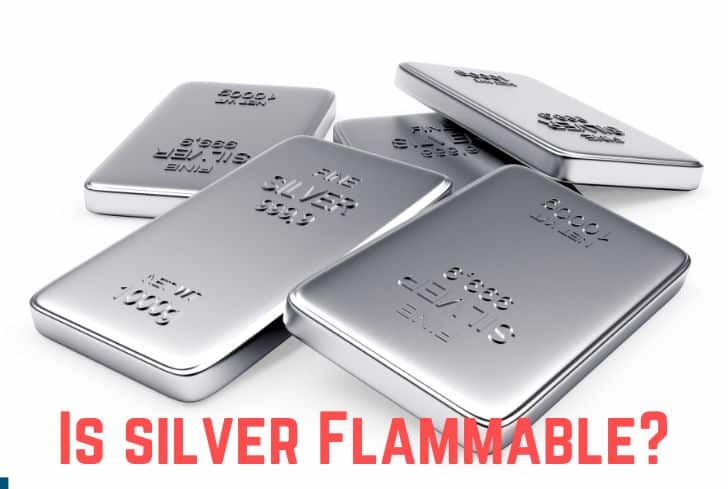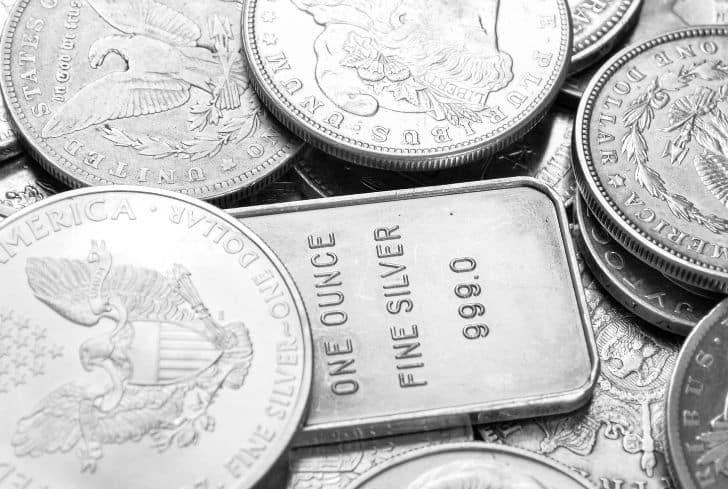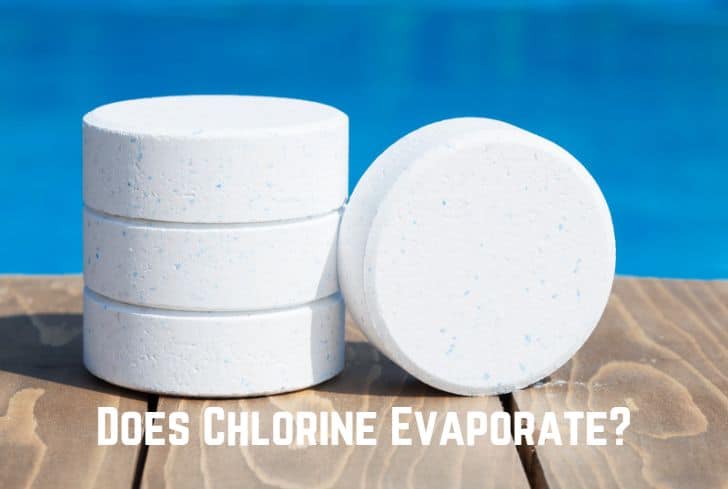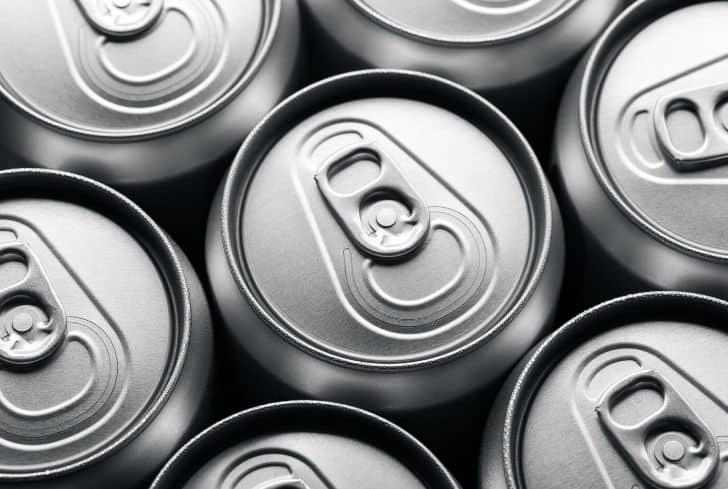Is Silver Flammable? (Melting and Boiling Point of Silver)

You have come across silver products such as jewelry and cutlery. Silver is also standard in many other industries. Additionally, it has served as a global medium of exchange. But there are some unique characteristics of silver that you might have noticed, which may have raised some concerns for you. Is silver flammable? It can be one of the inquiries.
That’s one of the questions we shall answer in this article. We can also tell silver’s melting and boiling points and their impact. Discover whether silver is harmful or corrosive and how effective it is as an antibacterial. Last, we reveal if silver reacts with water and whether it can detect poison.
Read: Is Nail Polish Flammable?
Can You Burn Silver?
Silver is not flammable in its solid form. If you want to burn silver, you’ll have to grind it into a powder. In its solid form, silver is not flammable nor combustible. Silver is considered a very unreactive element. Try pouring acid on it, and you’ll notice that no reaction that occurs. However, silver dust is highly flammable and can cause an explosion.
You should avoid exposing silver dust to any source of naked flames or sparks. The solid form of silver doesn’t readily react with oxygen, which will first melt before boiling and eventually burning.
At What Temperature Does Silver Melt?
Silver melts at 1,763°F (961.8°C). As a result of such a melting point, it is doubtful that you could melt silver on your stove! Since most home fires burn at 1,112°F, silver cannot melt in a house fire. However, silver can melt in a fully formed house fire that burns at 1800°F.
Although it may not be the highest on the periodic table, silver still has a high melting point. Most manufacturers widely favor silver in electrical and mechanical industries due to its strong heat resistance. However, silver is usually mixed with other metals, affecting its melting point.
Pure silver is quite soft and will mainly make in bullion, such as silver coins or bars. Because pure silver is easily damaged, it is mixed with other metals to harden it. An example is Sterling silver, which commonly makes jewelry, coins, and antiquities. Sterling silver contains 92.5% silver and 7.5% copper or another metal. Its melting point is 1639.4°F.
Want to know if you can melt silver? Watch this:
At What Temperature Silver Boils?
Silver boils at 3,924°F (2,162°C). Silver’s boiling point is associated with the standard atmospheric pressure. A boiling point is a temperature at which vaporization starts to occur. It is also known as the saturation point. Saturation in thermodynamics is a condition in which a mixture of vapor and liquid can exist together at a given temperature and pressure.
How Effective is Silver as an Antibacterial?
Silver is an excellent antibacterial agent. Its electrical structure effectively destroys certain viruses, fungal spores, and bacteria. However, silver only effectively kills bacteria in ion form, which requires it to lose an electron to become positively charged. These silver ions target microorganisms through different modes of action, as highlighted below:
- The bacteria’s cell walls are connected by the positively charged silver ions, preventing things from entering and leaving the cell.
- Silver ions bind to vital cell constituents like DNA, preventing bacteria from carrying out their fundamental processes, like replication.
- The silver ions enter the bacterial cell, blocking the respiratory system and the ability to produce energy. Eventually, the bacteria’s cell membrane will burst, resulting in death.
Because of the above qualities, silver has become a favorite in many antibacterial areas like:
Wound Care
Current technology has made it possible for modern silver-containing wound dressing to be available. Because the metal has some antimicrobial properties, woven into the cloth will prevent bacteria from building up on deposits of sweat and oils. The fabrics are used to reduce the risk of nosocomial infections and for personal hygiene. That’s according to the Royal Society of Chemistry (RSC).
These fabrics help set up chronic wounds and ulcers, blood and urinary catheter designs, and post-operative incision dressing. Silver’s ability to reduce or prevent infections has led to the topical application of silver antibiotic creams for treating burns and chronic wounds. A topical antibiotic called silver sulfadiazine (SSD) is used on burns to stop infections. The cream is on the list of WHO Model List of Essential Medicines.
Medical Appliances
Silver generally has low toxicity making it most preferred in the making of medical appliances. Some of the medical devices:
- Endotracheal tubes: The silver coating on the tubes lowers the possibility of developing ventilator-associated pneumonia (VAP).
- Silver alloy catheters: The catheters cause less discomfort for the patient and lower the risk of catheter-related urinary tract infections.
- Silver halide imaging plates: In developing nations where digital x-ray equipment is typically unavailable, the plates work well with x-ray imaging and are highly accurate and inexpensive.

Is Silver Corrosive?
Because silver does not oxidize easily, it is very corrosive-resistant. However, it produces silver sulfide (Ag2S) acanthite when it comes into contact with sulfur-containing gases like hydrogen sulfide and carbonyl sulfide. A silver sulfide coating develops on the silver surface when it interacts with the air. A chemical reaction happens when sulfur attacks silver, leaving the metal with a brown-black patina.
Although the chemical reaction’s attack is typically gradual, it does leave behind dark cracks and pits. The rate of attack will, however, increase if there is a rise in more strong acids or salts. Salts will speed up the reaction by acting as catalysts.
Many manufacturers favor silver because of its low corrosiveness. That has led to various modern applications, such as coating for engine bearings, mirrors, and electrical contacts. Recently there has been an emergence of nanostructured and nanoparticle silver. More commonly used as an antibacterial and sterilizing agent is nanoparticle silver.
However, since silver does not corrode easily, you might be curious about the black tarnish that gradually appears on your jewelry or silver cutlery. Silver is a soft metal. Thus manufacturers frequently mix it with other metals. Your silver jewelry or tableware is typically a blend of silver and copper. The cause of the black tarnish is copper corrosion.
Read: Is Coconut Oil Flammable?
Is Silver Toxic?
The Environmental Protection Agency (EPA) states that silver is not a heavy metal and is not toxic to mammals. Molds, fungus, viruses, protozoa, and bacteria cannot survive. The fact that silver is not, as previously believed, carcinogenic is perhaps the most crucial. A carcinogen is an agent that causes cancer. That fact has been proven by the toxicological file for silver.
The fact that 100% of the silver consumed orally leaves the body within a few months is one of the reasons silver is not toxic. High dosages of silver inhalation can irritate the upper respiratory tract or mucous membranes.
People with silver allergies can develop contact dermatitis or eye discomfort. However, this will mostly happen after exposure to dental fillings or powdered silver solutions. Silver compounds found in several creams have the potential to cause skin discoloration. Ingestion will irritate the stomach if it happens.
Long-term contact with silver compounds can leave stains on the skin, mouth, throat, and nose. Medically this condition is known as argyria. Unfortunately, the skin condition is permanent, and scientists believe this is silver’s most known severe effect on humans.
Does Silver React With Water?
Regardless of temperature, pure water does not react with silver. Only if the water contains some sulfur compounds will it begin to erode. Silver sulfide and other silver compounds are likewise insoluble in water. Some silver compounds, such as silver chloride, are somewhat soluble in water. In general, silver fluorides dissolve in water.
Silver and its compounds are poisonous to microorganisms in water. Water, however, lessens the toxicity of silver to fish. Silver concentrations in surface water that are naturally occurring don’t harm the ecosystem.
Silver is effective at disinfecting water because of the static nature of both silver and water. Water purifiers have silver in their filters. The silver stops accumulating bacteria, lead, chlorine, stink, particles, and algae in the filters. Silver and oxygen combine to form a powerful sanitizer for the water.
Can Silver Detect Poison?
Yes, silver does detect poison. But only poisons containing sulfur or sulfur compounds will be detected by silver. Despite being a non-reactive element, sulfur-containing compounds cause silver to react. Sulfur is present in one of the poisons known as arsenic. Even though the poison is no longer common today, some evil people have poisoned others with it.
Silver that contains sulfur reacts with arsenic poison to form black silver sulfide. In ancient days some rulers were known to use silverware in the hope of being able to detect arsenic poison. The poison is either white, silver, or gray and is highly toxic to people.
Since arsenic poison lacks a distinctive taste or smell and is, therefore, difficult to detect. Silver is the best when it comes to arsenic detection. Arsenic poisoning’s early symptoms include nausea, vomiting, and diarrhea. Numbness, tingling, cramping, and eventually, death will follow these symptoms.
Conclusion
One of the many beneficial qualities of silver is that it is neither toxic nor corrosive. It is not flammable, either. It’s encouraging to realize that silver has many applications despite not being as valuable as gold. It works well as an antibacterial agent and can be used to identify sulfur-containing poisons. Did you ever know that silver can help purify water?






